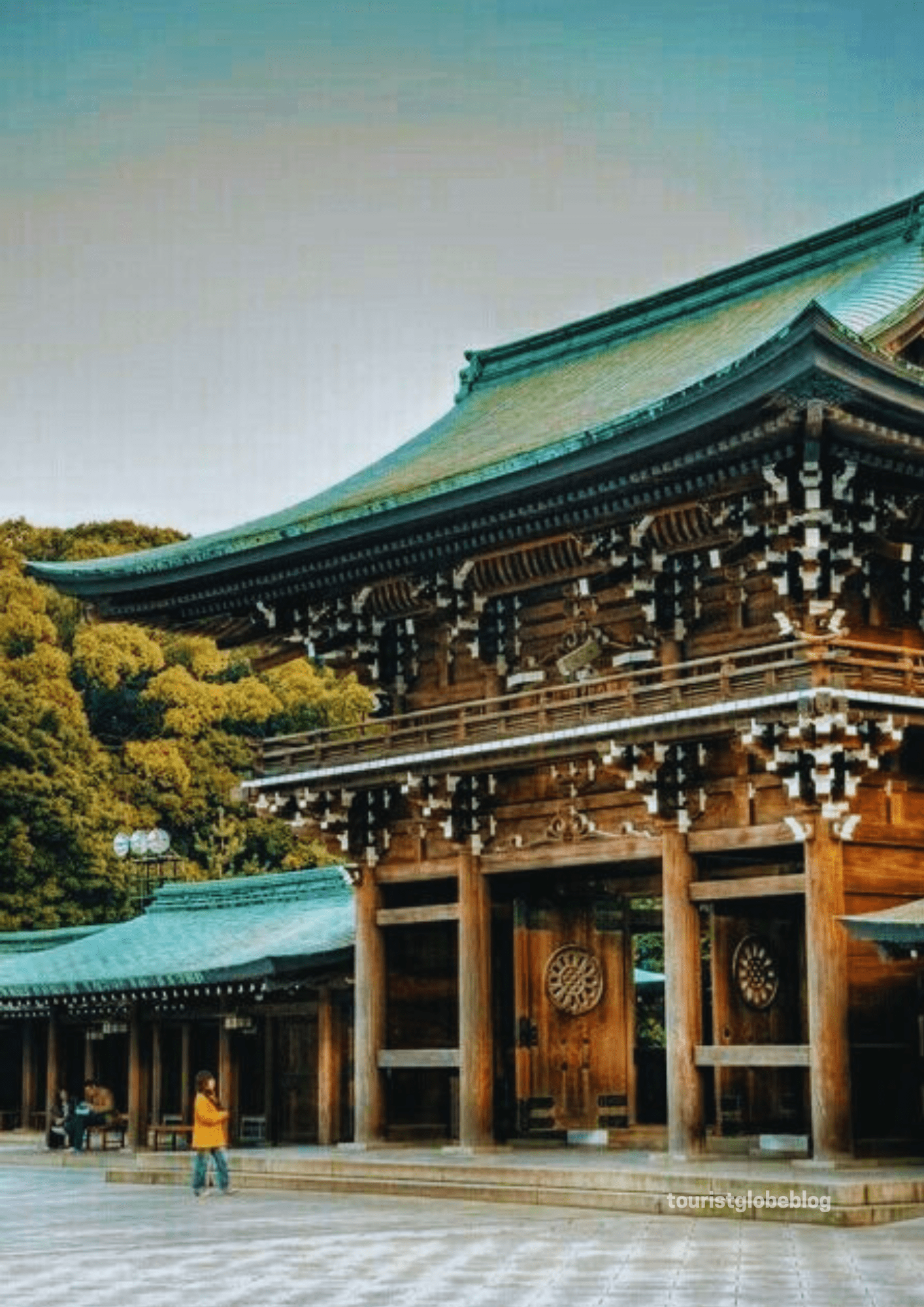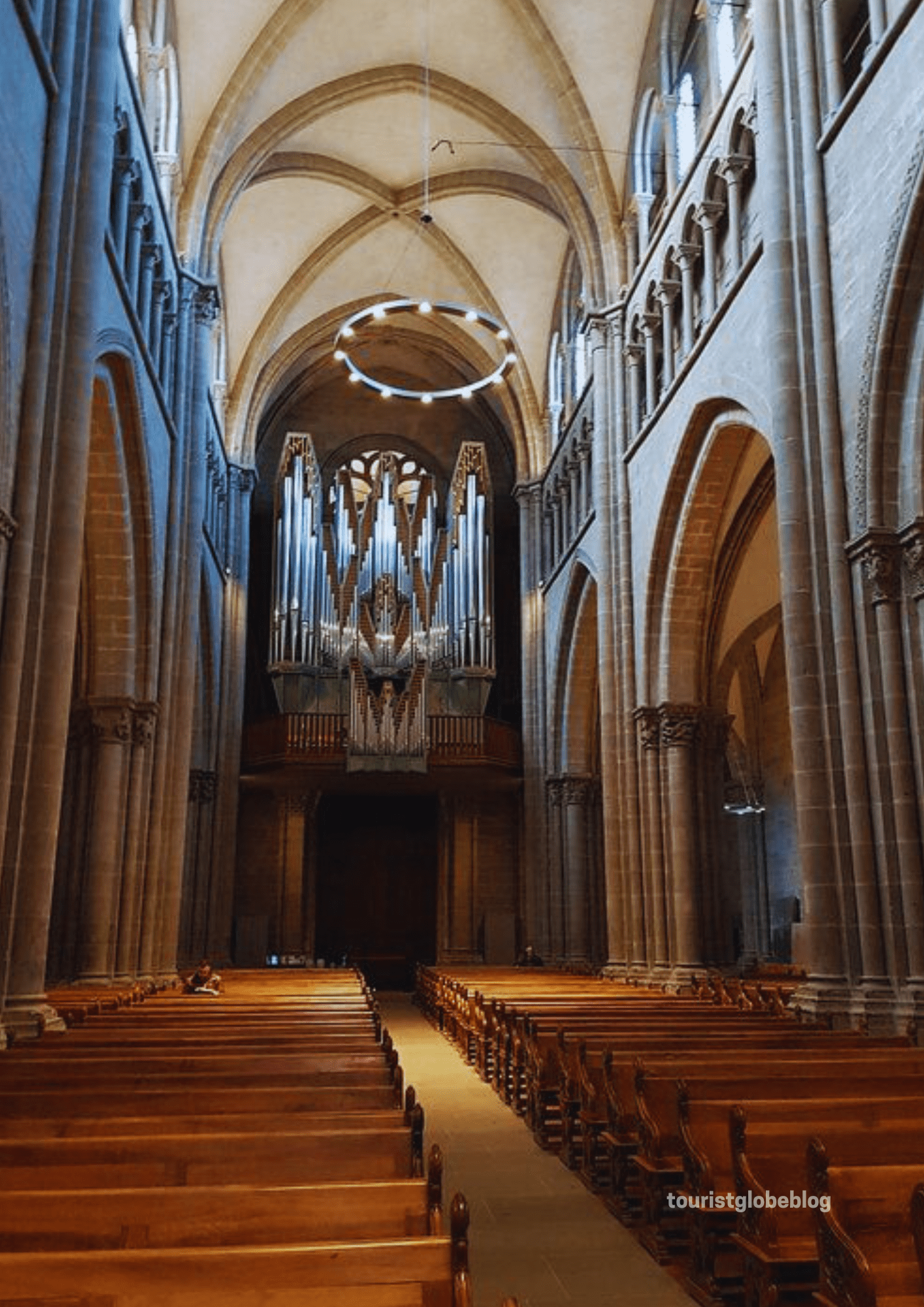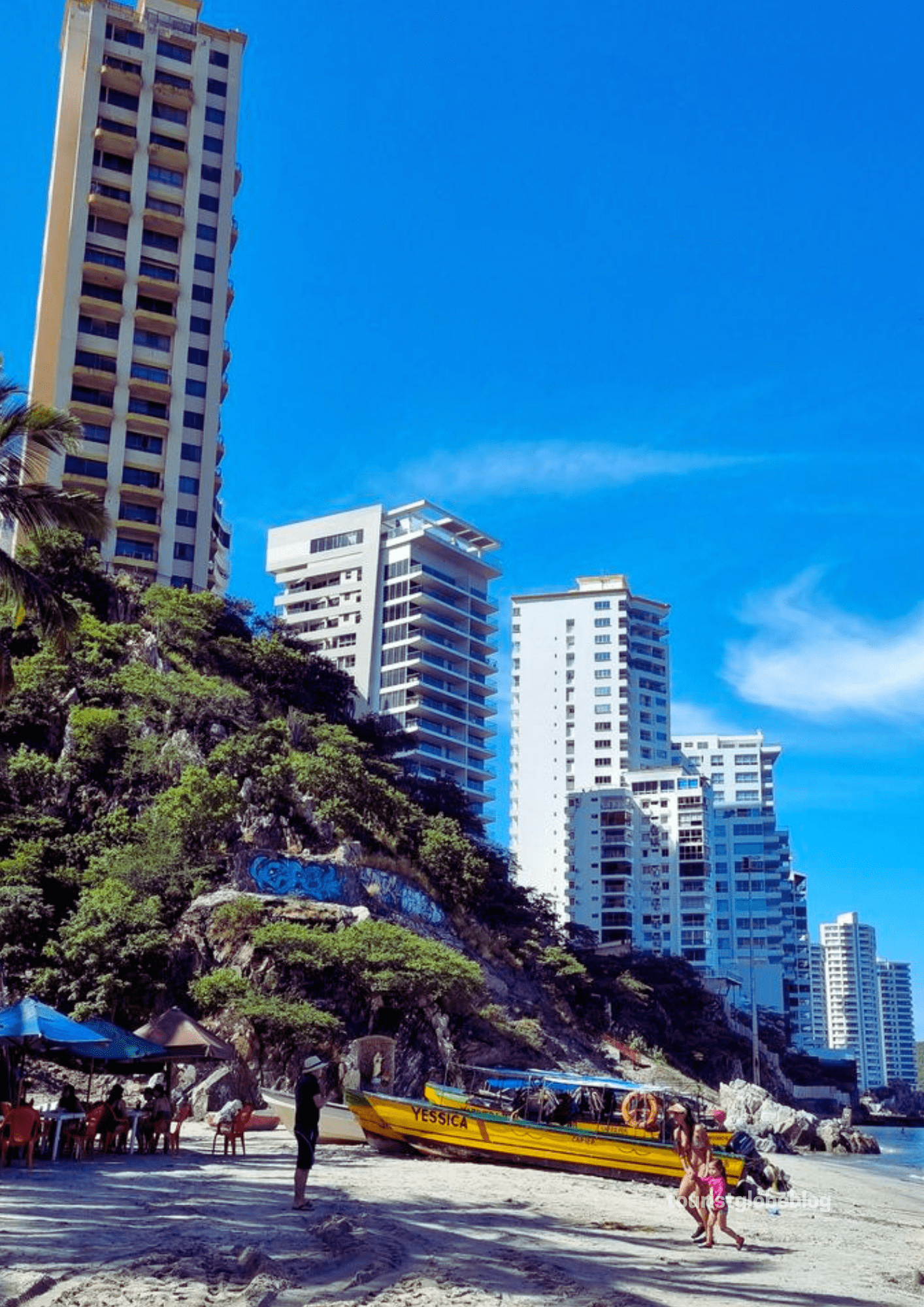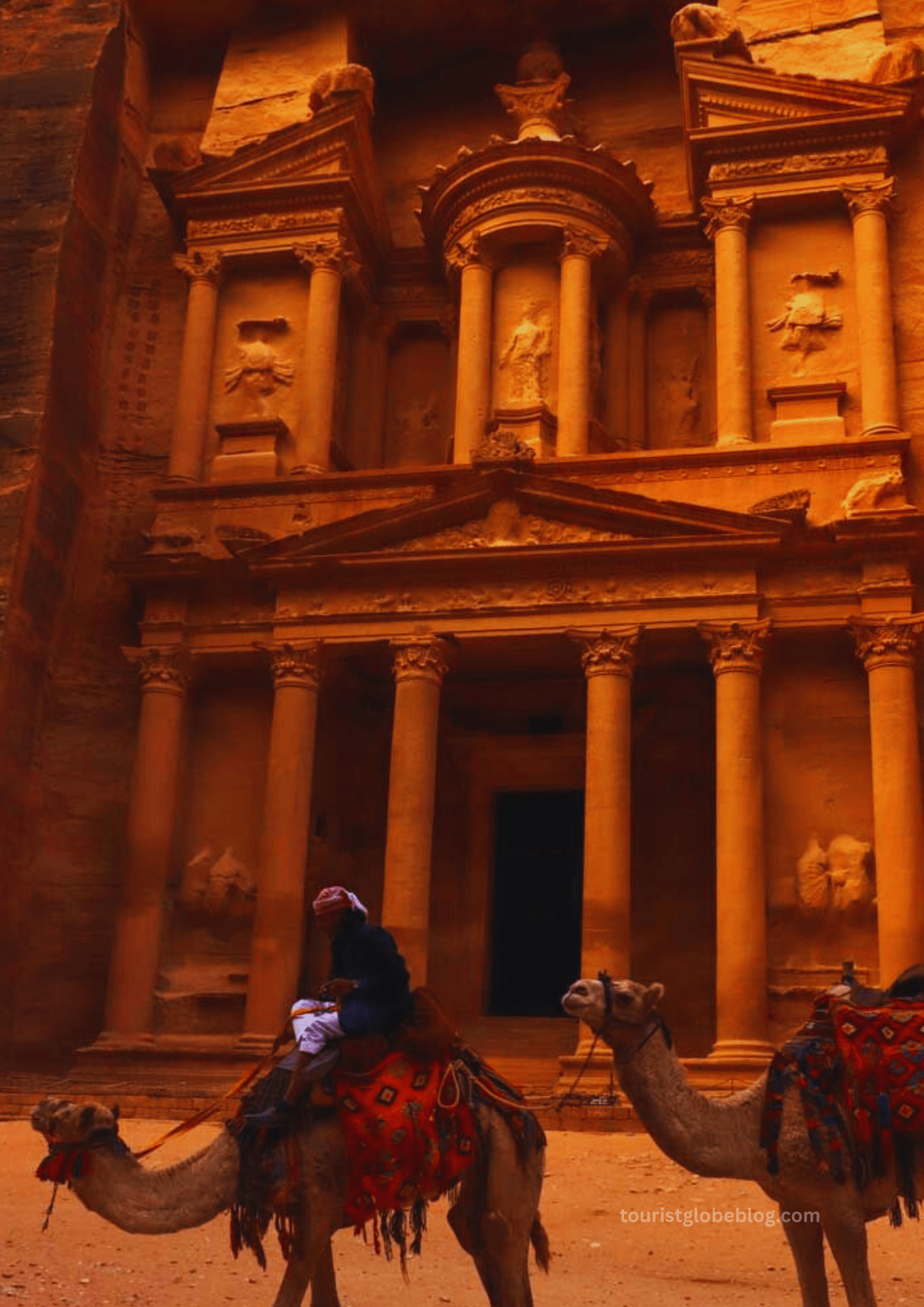Meiji Jingu is more than simply a shrine; it’s a living, breathing place of peace and beauty in the heart of Tokyo, rich in history and tradition.
As soon as you walk through the tall torii gate, Meiji Jingu envelopes you in a peaceful sense of respect. This is very different from the energy of nearby Harajuku. Meiji Jingu is ideal for history buffs, nature lovers, or anyone seeking a peaceful walk to clear their mind.
Who Meiji Jingu Is Good For: People of all kinds come to Meiji Jingu:
People who appreciate history are interested in the story of Emperor Meiji and Empress Shoken, who helped Japan become a modern country.
People who love nature love the quiet 170-acre forest that has more than 100,000 trees that were given to it by people all around Japan.
Spiritual travellers come to watch ceremonies, make wishes on ema (wooden plaques), or think.
From stones covered in moss to ancient rites, photographers and content creators can find unlimited inspiration here.
Couples and families can take tranquil walks and see a traditional wedding procession.
Meiji Jingu is a peaceful place for remote workers or anyone who needs to clear their heads.
Where to Stay Close By
If you’re going to Meiji Jingu, it’s a good idea to stay close by. There are both expensive and cheap places to stay nearby:
If you want to stay at a nice hotel near Shibuya and Shinjuku, you can easily get to Meiji Jingu from there.
There are a lot of small, unique hotels around the Omotesando and Harajuku districts that mid-range travellers would adore.
Budget travellers can stay in capsule hotels or hostels that are only a short walk away. Many of these places are stylish and surprisingly peaceful.
Where and what to eat
After enjoying the peace and quiet of Meiji Jingu, your taste senses deserve a treat:
There are cute cafés serving matcha and traditional desserts right outside the shrine.
The famous crepes from Harajuku are only a few minutes away, making them the perfect lunch after your spiritual walk.
Bento boxes from nearby stores are great for a picnic under the trees at Meiji Jingu.
If you want a more upscale supper, check out the restaurants in Omotesando that serve both Japanese and international food in attractive settings.
The best places to take pictures and post on Instagram
Meiji Jingu is a feast for the eyes:
First Torii Gate— It’s an iconic shot for any traveler because it’s so tall and grand.
The water, ladles, and stones of the Cleansing Fountain make a peaceful frame.
Sake Barrel Walls: The brightly coloured barrels make a lively background full of meaning.
Forest Path: The light that comes through the tall trees makes the place look almost magical.
Traditional Wedding Processions—If you’re lucky, you’ll see one going smoothly through the courtyard.
There is beauty and spiritual worth in every part of Meiji Jingu.
What People Who Live Here Say
People in Tokyo are very proud of Meiji Jingu. A lot of people from Tokyo go to the shrine for hatsumode, the first prayer of the year, during the New Year celebrations. People who live nearby also like the air quality in the forest, saying it’s a real breath of fresh air in the concrete jungle. Meiji Jingu is more than just a tourist attraction; it’s an integral part of the local culture.
How to Avoid Common Tourist Mistakes
Not doing the purification rite at the chozuya (water basin) before going to the main hall.
Wearing loud or dazzling clothes is not allowed; modest clothes are suggested to show respect.
Taking pictures or talking loudly in sacred places, especially during ceremonies.
The woodland and shrine are excellent in the early morning light, so only go at noon.
If you forget cash, you can’t pay for ema or charms inside Meiji Jingu using a credit card.
Being respectful and aware not only makes your experience better, but everyone else’s too.
Tips for smart budgeting
You don’t have to spend a lot of money to go to Meiji Jingu:
You don’t have to pay anything to get into the shrine grounds.
The Inner Garden costs a little bit of money, but it’s worth it, especially when the irises are in bloom.
For a small donation, you can buy charms or write your desires on an ema.
To avoid paying too much for snacks and drinks from vending machines, bring your own.
For a complete, cheap day, visit Yoyogi Park and other free attractions in the area.
How to Pack for This Place
When you go to Meiji Jingu, here’s what to bring:
Shoes that are comfortable to walk in. The gravel paths are long but soothing.
Water bottle: There are vending machines, but it’s better to stay hydrated in a way that doesn’t hurt the environment.
Light jacket: The forest can be cold and breezy even on warm days.
A small notebook or journal is excellent for writing down your thoughts under the old trees.
Extra battery for your camera or smartphone— You will want to get more than you think.
Friendly for remote workers and content creators
Meiji Jingu isn’t a place to work, yet it has more than enough for content creators and others who work from home:
The quiet setting is perfect for writing, planning, or thinking about your next shot.
The shrine and the trees around it include peaceful spots that are great for recording audio or making Reels.
There are cute coffee shops with Wi-Fi right outside where you can edit, upload, or rest after the shoot.
To highlight how different life is in Tokyo, filmmakers often capture transitions between Meiji Jingu and the lively Harajuku area.
Extra things to do nearby
These stops near Meiji Jingu can help you make the most of your day:
Yoyogi Park is right next door and is excellent for picnics, yoga, or just observing people.
Takeshita Street is the centre of Harajuku’s youth culture, with crazy food and strange clothes.
Omotesando is a tree-lined street with stylish buildings and high-end stores.
Shibuya Crossing is just one train stop away and is very different from the serenity of Meiji Jingu.
A list of things to do to show respect for other cultures and the environment
✔️ Gently bow before going through the torii gate
Wash your hands and mouth at the purification fountain
Pad and don’t obstruct walkways
Don’t go into places that are marked as sacred
Don’t eat or drink in shrine buildings
Not bother worshippers or rituals There are no garbage cans on the grounds, so please take your waste with you.
How Meiji Jingu Has Changed Through the Years
Meiji Jingu was built in 1920 as a monument to Emperor Meiji and Empress Shoken after they died. During World War II, it was damaged, but in 1958, with a lot of popular backing, it was reconstructed. Over the years, it has changed from a political symbol to a place where people from all walks of life can come together for cultural and spiritual reasons.
More people than ever visit Meiji Jingu every year because it is peaceful and vital. The shrine is still a protected, undisturbed jewel, even though Tokyo is modernising quickly.
My own experience and final thoughts
Meiji Jingu was more than simply a stop on my Tokyo itinerary; it was a break in a city that never stops moving. I walked about under big trees, saw a Shinto wedding, and placed a wish on an ema in peace. Time went by more slowly. The air smelled better. The thinking was clearer.
Meiji Jingu leaves an impression, no matter how long you stay. Meiji Jingu is a lofty building amid a city full of lights, screens, and pace that offers stillness, thought, and peace.
And when you leave, you don’t just take pictures; you take a bit of Tokyo’s spirit with you.






One thought on “Meiji Jingu: A Quiet Place to Get Away in Tokyo”
Comments are closed.